Ah, the sweet relief of sealing a moving box! It's a moment that signifies the end of a tedious chapter in the moving saga. After hours spent wrapping, cushioning, and arranging, that final strip of tape feels like a medal of honor. But, as with any climax, it's essential to ensure the preceding acts were executed flawlessly.
Taping boxes for moving is no walk in the park. It's a task that demands patience, precision, and a fair bit of elbow grease. So, when you finally tape that box shut, it's not just about completing a task; it's about the confidence that everything inside is safe and sound. After all, the last thing you want is for your hard work to unravel due to a tape mishap.
Reputation Movers understands this all too well. While taping might seem like the simplest part of the packing process, its importance cannot be overstated. A poorly taped box is a ticking time bomb, waiting to spill its contents at the most inopportune moment. And the fallout? Damaged items, potential property harm, and even personal injuries.
So, how do you ensure your boxes are taped to perfection, ready to withstand the rigors of relocation? This guide, backed by Reputation Mover's expertise, will walk you through the art of taping moving boxes. By the end, you'll be armed with the knowledge to ensure every box is a fortress, safeguarding its contents until they reach their new home.
The Importance of Taping Boxes for Moving
The act of taping boxes goes beyond just keeping the contents inside. It's about ensuring the safety, integrity, and organization of your belongings during the tumultuous process of moving. Taping is not just about keeping a box closed; it's about ensuring a stress-free and safe moving experience.
Different Methods for Different Needs
There isn't a one-size-fits-all approach to taping boxes. Depending on the contents, weight, and size of the box, different taping methods are required. Some boxes might need a single strip, while others might require an intricate "H" taping method for added security.
Significance of Proper Taping
Properly taped boxes ensure that your belongings are protected from external elements like dust, rain, and accidental spills. Moreover, they prevent the box from unexpectedly opening during transit, which can lead to lost or damaged items.
The Risks of Inadequate Taping
A box that isn't taped correctly can easily come apart during the move. This not only exposes your belongings to potential damage but can also pose risks to the movers. Imagine carrying a box of books that suddenly opens from the bottom – the consequences can range from damaged goods to personal injury.
Economic Benefits of Proper Taping
Investing time and effort in taping boxes correctly can save you money in the long run. Damaged or lost items can be costly to replace. Moreover, using the right amount of tape can be more economical than overusing or wasting it. Properly taped boxes also stack better, potentially reducing the number of trips or the size of the moving vehicle required, leading to further savings.
Key Points to Remember When Taping Boxes

Taping boxes might seem like a straightforward task, but it's the small details that ensure a successful move. The way you tape and label your boxes can significantly impact the safety of your belongings and the efficiency of your unpacking process. To help you navigate this crucial step, we've compiled a list of key points to keep in mind:
- Extend Tape Edges: Always let the tape edges go beyond the box's seams to enhance security.
- Use the H-Taping Method: Apply tape along the box's opening and edges in the shape of an 'H' to reinforce its structural integrity.
- Label After Sealing: Once a box is sealed, label it immediately.
- Avoid Overfilling: Keep boxes at a manageable weight and avoid overfilling, ensuring they can be sealed comfortably without straining the tape's hold.
Supplies Needed for Taping Boxes

Before starting to pack, it's essential to have the necessary supplies. Having the correct supplies is crucial for efficient packing and for protecting your belongings from damage during the move. Proper tools make the process smoother and reduce the risk of any issues.
Packing Tape
While it might seem like any tape will do, there's a vast difference in quality and functionality among tapes. Different tapes are tailored for varied purposes, from the weight of the box to the type of items inside. We'll delve deeper into the world of tapes later in this guide.
Tape Dispenser
A tape dispenser acts as your third hand. Especially when you're faced with a room full of items waiting to be packed, this tool is invaluable. It ensures a smooth, consistent application and significantly reduces the time spent on sealing each box.
Utility Knife or Scissors
While primarily used for cutting tape, these tools also come in handy for trimming edges or opening boxes without causing damage. A sharp utility knife can make adjustments a breeze, ensuring that your packing process remains efficient.
Marker
After meticulously packing and taping a box, the last thing you want is to forget what's inside. A good, waterproof marker is essential for labeling. Whether you're jotting down the contents, marking boxes as 'fragile', or numbering them for inventory purposes, clear and legible writing will make unpacking and organizing in your new space much more manageable.
Types of Materials: Choosing the Right Tape

The tape you select is not just a mere afterthought; it is a critical component that ensures the safety and security of your belongings during a move. The type of tape you choose can determine the overall strength and durability of your packed boxes. Let's delve deeper into the different types of tapes available and their specific uses:
Shipping or Packaging Tape
This tape is transparent, allowing you to see the box's seams and ensuring a tight seal. Its strong adhesive quality ensures that boxes remain securely closed throughout the move. Furthermore, its versatility makes it suitable for a wide range of box types, from small to large, light to moderately heavy.
Box Packing Tape
If you're packing boxes that will carry heavier items, box packing tape is your best bet. This tape is typically brown in color and is specifically designed with moving in mind. Its design focuses on providing the perfect balance between strength and ease of use. The robust adhesive ensures that even boxes filled with weighty items remain sealed and intact during transit.
Duct Tape
While duct tape is a household staple known for its extreme stickiness and durability, it's not the ideal choice for sealing moving boxes. Its adhesive is so strong that it can leave behind a residue, making it challenging to remove from boxes without causing damage. However, in a pinch, it can serve as a temporary fix for other moving-related tasks.
Paper Packing Tape
For those who are environmentally conscious and looking for a greener alternative, paper packing tape is an excellent choice. This tape is not only eco-friendly but also user-friendly. It's typically green in color and is perfect for sealing lighter boxes. Its adhesive is strong enough to keep boxes closed but is also easy to handle and apply.
A Detailed 6-Step Guide to Fold and Tape the Box
.webp)
Whether you're a moving novice or a seasoned packer, mastering the technique of taping boxes can elevate your packing game. With insights from industry experts, we've curated a step-by-step guide to help you tape boxes like a pro, ensuring maximum security and efficiency during your move.
Box Selection
Begin with a high-quality, robust, and undamaged box. The integrity of the box is paramount, as it's the primary barrier protecting your items. Check for any signs of wear, tear, or moisture damage. Remember, a compromised box can lead to damaged contents.
Prepare the Box for Folding
Lay the box flat on a clean, dry surface, free from any debris or obstructions. This ensures that the box folds correctly without any hindrances. Ensure the box's flaps are facing upwards and are easily accessible.
Folding the Box
Begin by gently folding in the smaller side flaps. This creates a base layer for the larger flaps to rest upon. Next, fold in the larger flaps, ensuring they align perfectly in the center. This alignment is crucial for the box's stability and for the tape to adhere correctly.
Taping the Bottom
With a tape dispenser, secure the box by placing a strip of packing tape along the seam where the larger flaps converge, extending it 2-3 inches beyond the edges for added strength. For boxes containing heavier or fragile items, reinforce with a diagonal strip of tape over the first, ensuring even weight distribution and enhanced support.
Packing the Box
Begin packing by placing the heaviest items at the bottom for stability, followed by lighter items. Use bubble wrap, packing peanuts, or crumpled newspaper to fill gaps, preventing shifts during transit. Ensure each box remains manageable to lift and distribute items across multiple boxes if needed.
Taping the Top
Once the box is packed, fold and align the top flaps just as you did for the bottom. Ensure there are no gaps or bulges. Tape along the seam, ensuring a tight seal. For added security, consider using the cross-taping method here as well. Once sealed, use a marker to label the box with its contents and destination room. This will make unpacking more organized.
Let Reputation Movers Be Your Expert Partner in Seamless Relocations
Choosing Reputation Movers for your moving needs means opting for a blend of experience, reliability, and personalized service. Nestled in the heart of Alexandria, Virginia, our company boasts over 30 years of expertise in the moving industry. Our deep roots in the community and a long history of excellence make us a go-to choice for residents and businesses alike.

When considering how to pack, integrating Reputation Movers can elevate your experience significantly. Here are the features that set us apart:
- Experienced and Skilled Team: Our movers are not just employees; they're moving masters with years of experience. They know exactly how to tape and secure your boxes, ensuring everything arrives in perfect condition.
- Comprehensive Moving Services: From packing to unpacking, local to long-distance moves, we provide a full spectrum of services. Our goal is to make your move as stress-free as possible.
- Personalized Care and Communication: We believe in the power of good communication. Our team works closely with you to understand your specific needs, offering tailored advice on everything, including the best ways to secure your belongings.
- Quality Packing Materials: We provide high-quality packing materials, including tape that's just right for your moving boxes. This ensures that your belongings are protected throughout the move.
- Short and Long-Term Storage Solutions: If you need to store some of your items, we've got you covered. Our secure storage options are perfect for keeping your belongings safe until you're ready for them.
- Furniture Assembly and Home Staging: Beyond just moving boxes, we offer furniture assembly and home staging services. This means your new home can be set up and looking great from day one.
Choosing Reputation Movers means ensuring your belongings are taped, packed, and moved with the utmost care and professionalism. Let us take the stress out of your move, so you can focus on settling into your new home.
FAQ: Taping Boxes for Moving: Make Your Move Secure
Q1: Why is choosing the right tape important for moving?
A1: Choosing the right tape is crucial because it ensures the safety and security of your belongings. The right tape will adhere well to boxes, withstand the rigors of moving, and protect items from damage due to opening or exposure.
Q2: Can I use any tape for moving boxes?
A2: Not all tapes are suitable for moving. Shipping or packaging tape is recommended for its strength and durability, while duct tape is not ideal due to its residue. Selecting the appropriate tape for the weight and size of the box is key.
Q3: How do I properly tape a moving box?
A3: For maximum security, use the H-taping method: tape along the middle seam, then tape perpendicularly at the edges of the box. Ensure the tape extends beyond the box edges for enhanced support.
Q4: Is there an eco-friendly taping option for moving?
A4: Yes, paper packing tape is an eco-friendly option. It provides sufficient strength for lighter boxes and is easier to recycle, making it a good choice for environmentally conscious movers.
Q5: How can I ensure my boxes stay closed during the move?
A5: Using quality packing tape and employing the correct taping methods, like the H-taping technique, helps ensure boxes stay securely closed. Avoid overfilling boxes to prevent them from bursting open.
Q6: Can improperly taping my boxes really lead to damage?
A6:Yes, improperly taped boxes can open during transit, leading to lost or damaged items. Ensuring boxes are well-taped protects your belongings from external elements and prevents accidents during the move.
.webp)
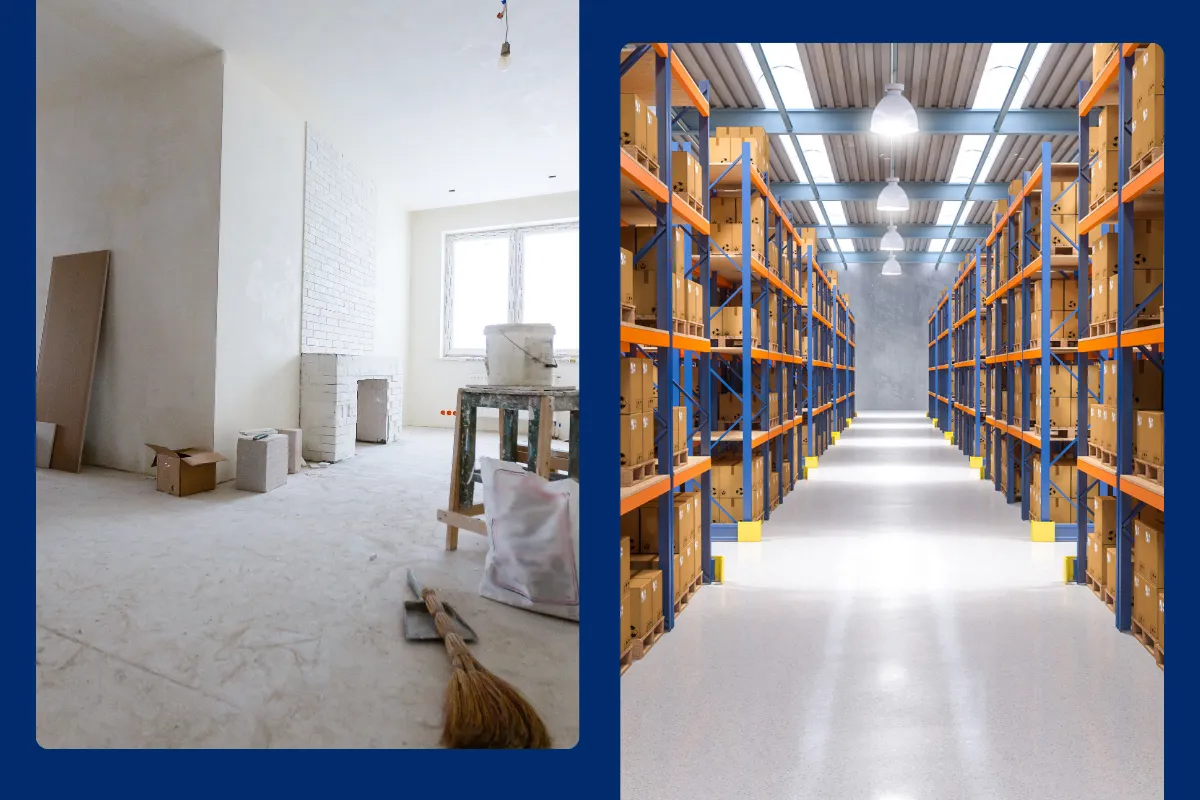
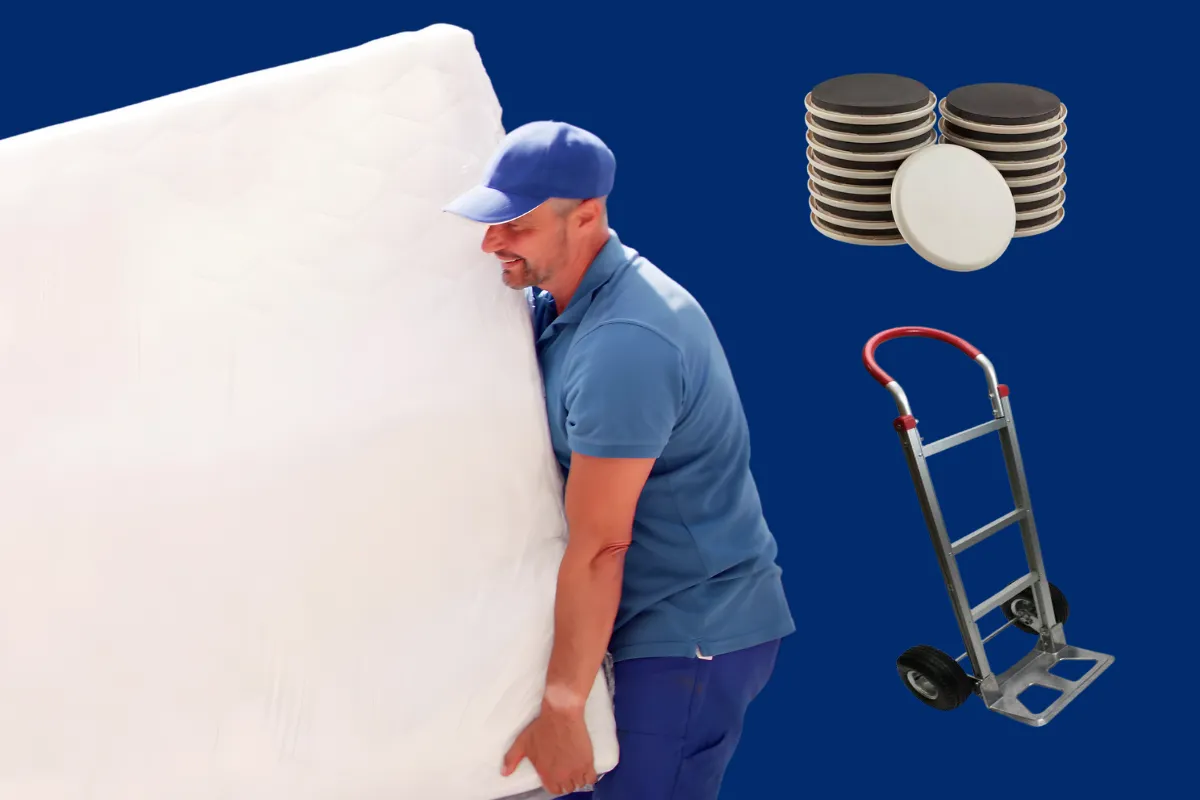
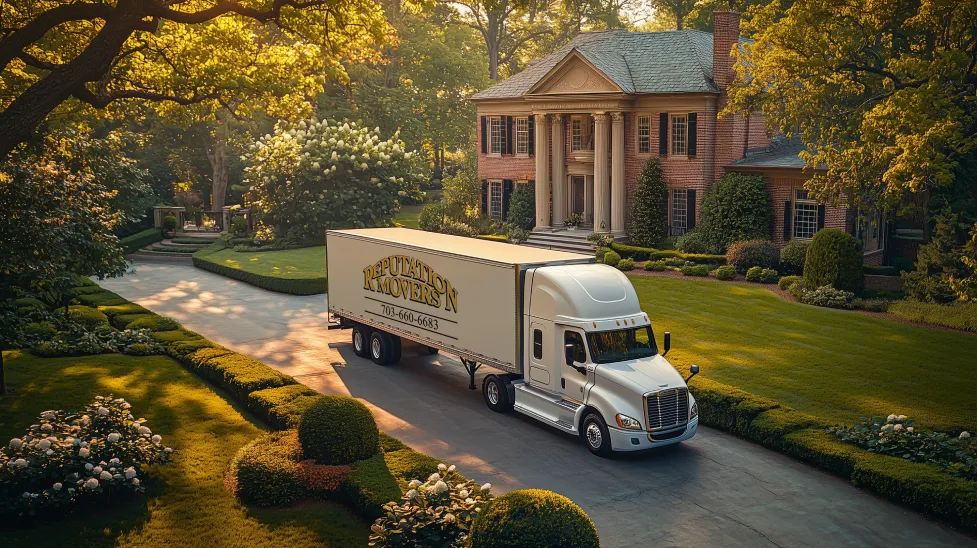


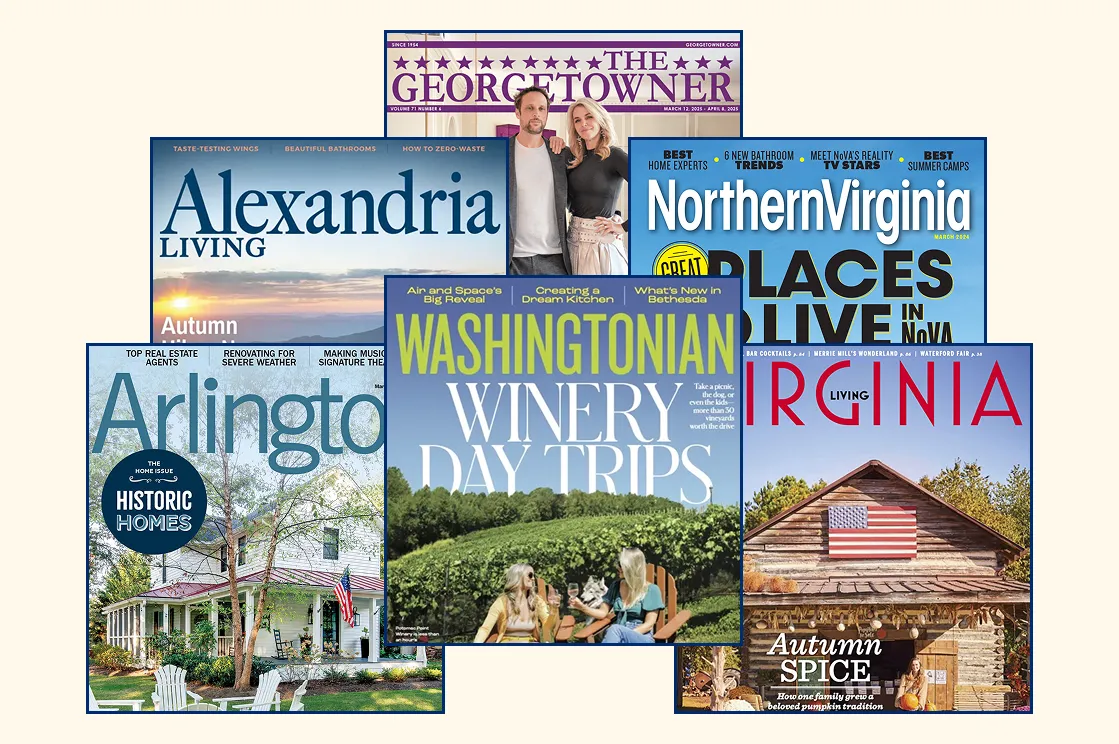
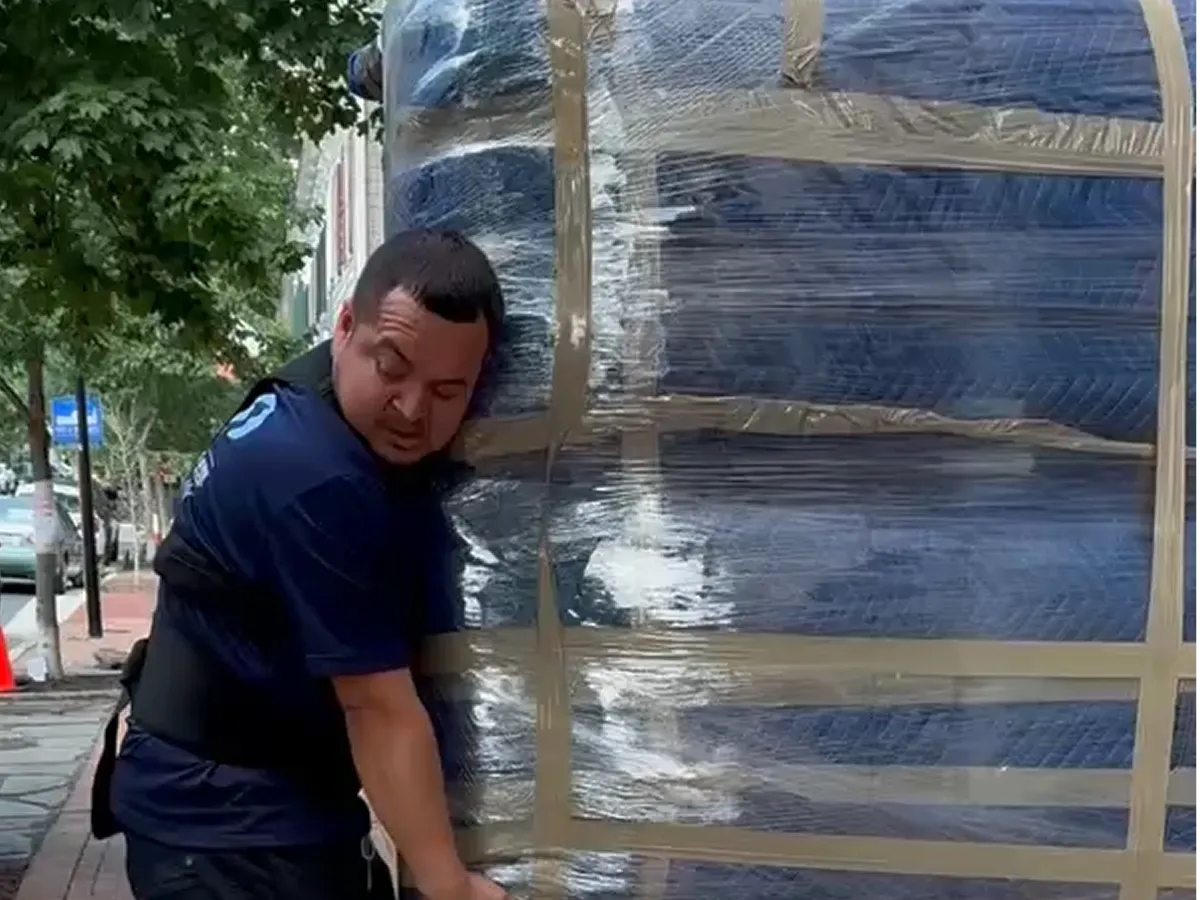
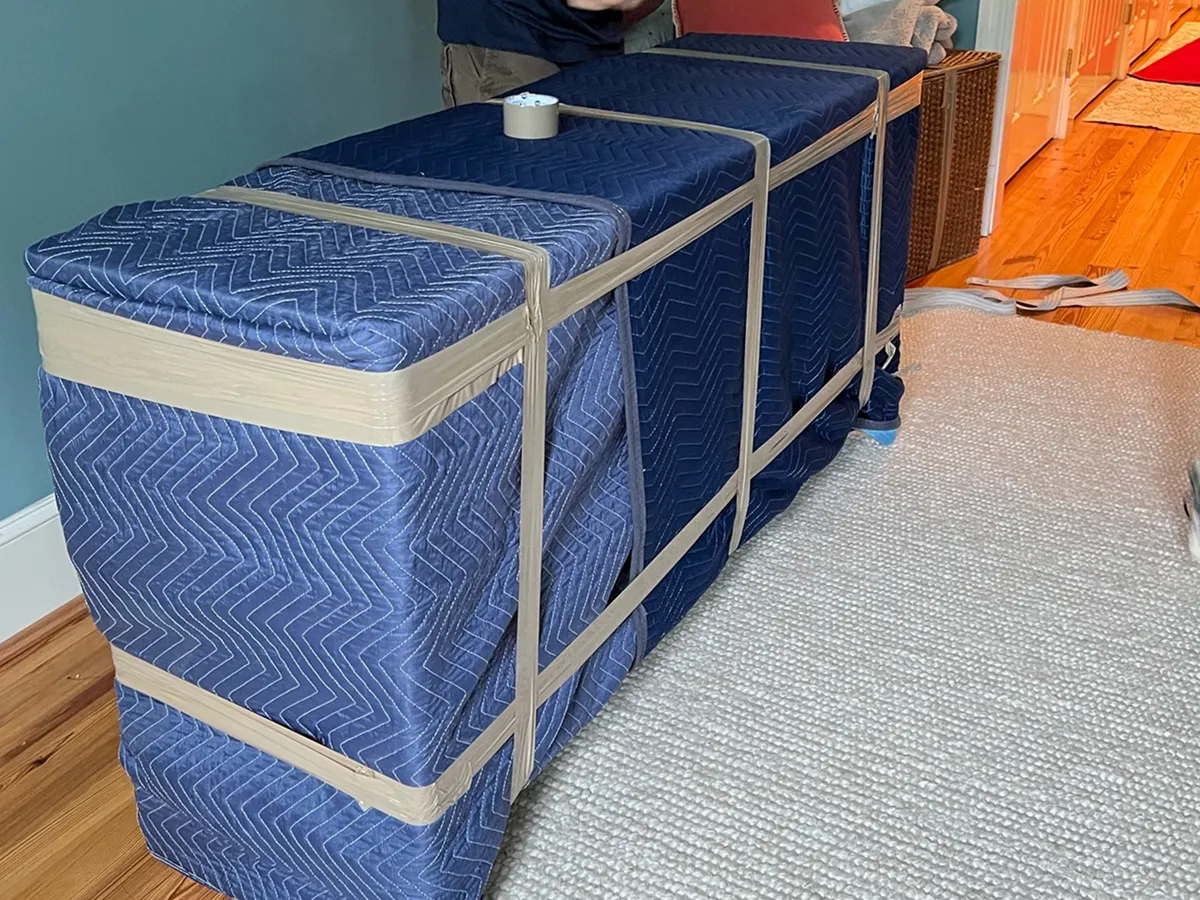
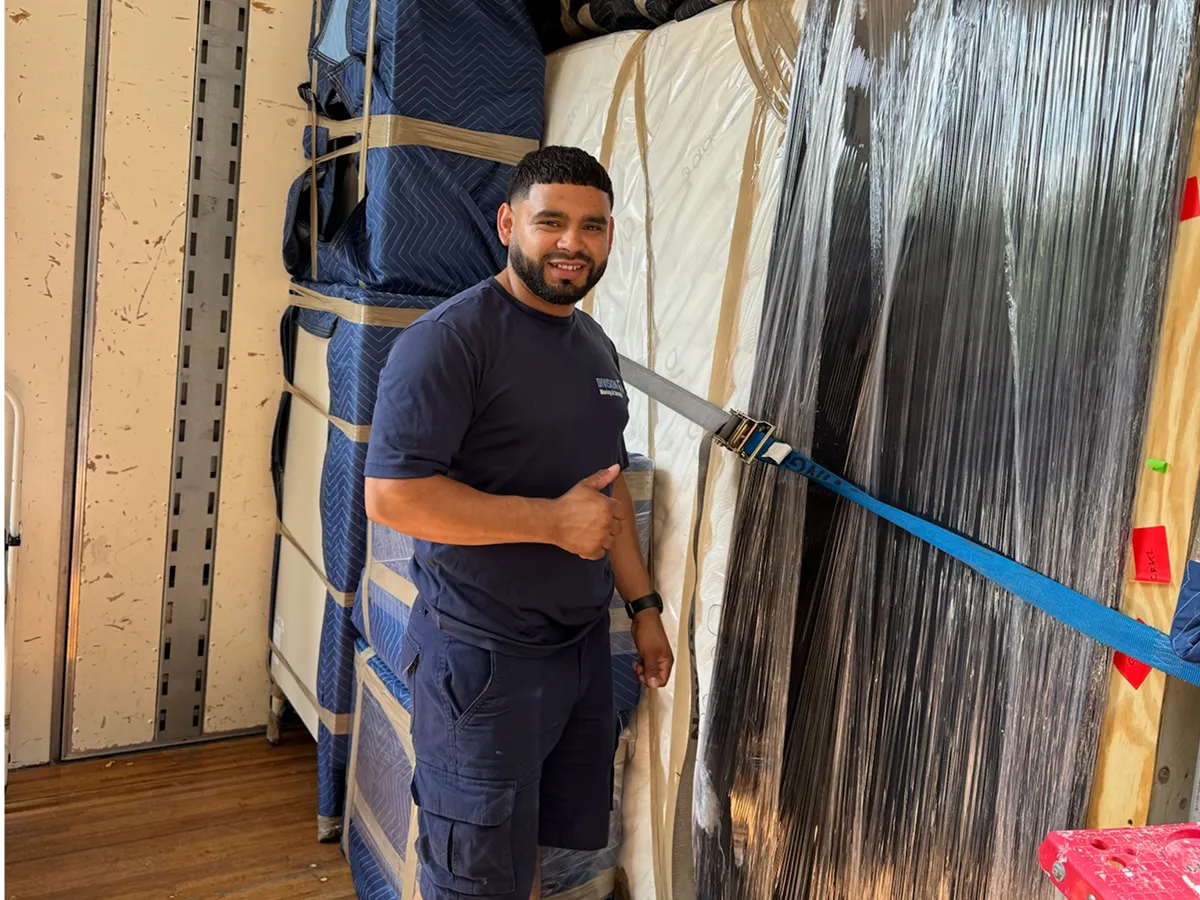



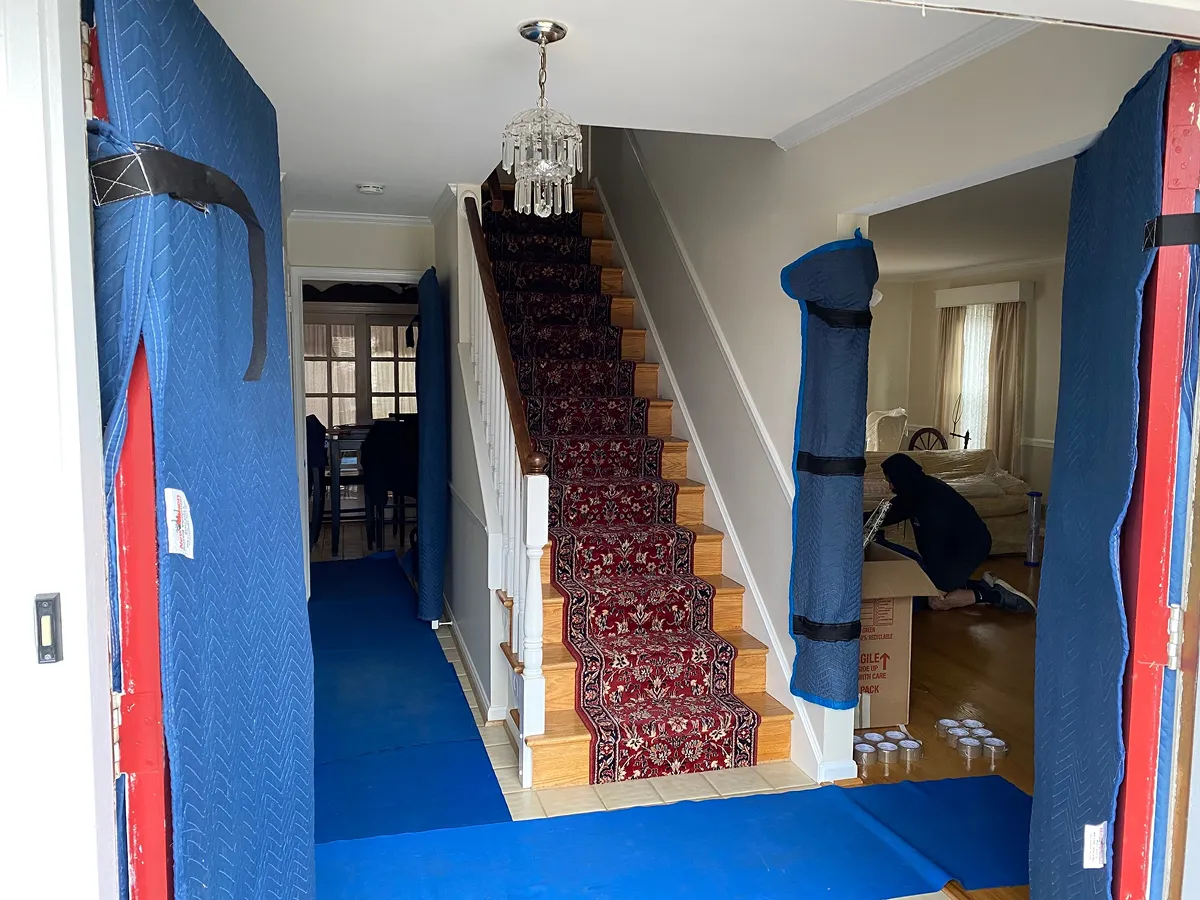
.webp)
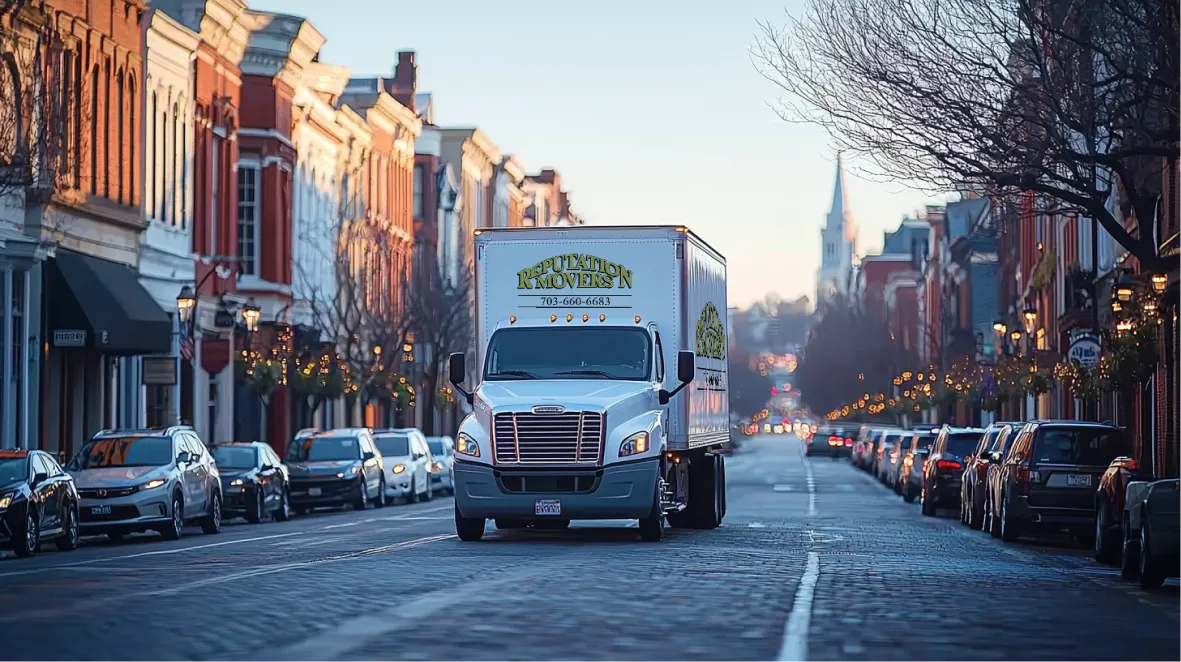
.webp)
























.png)